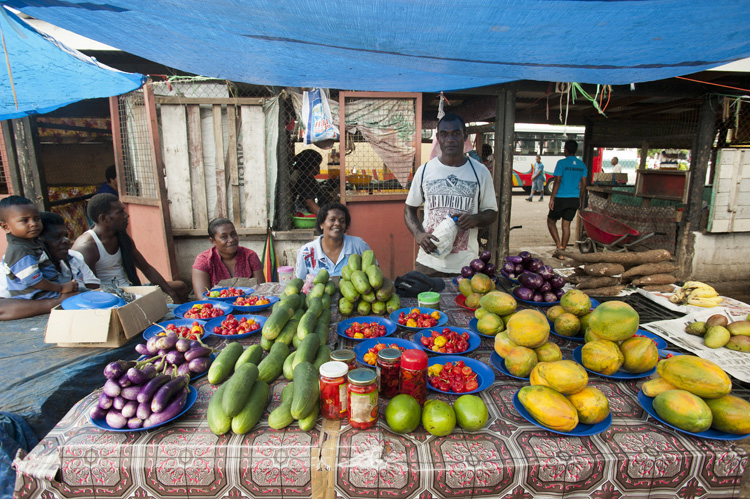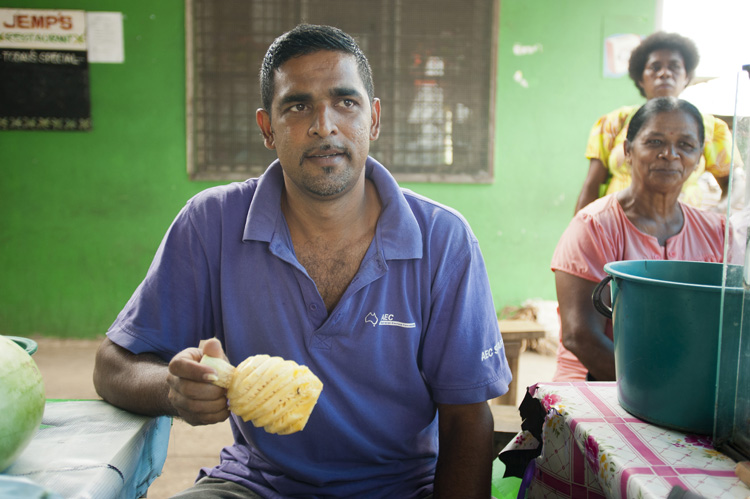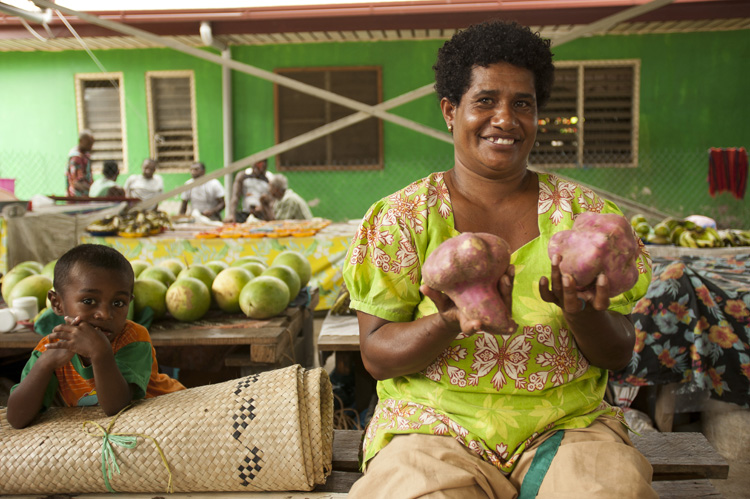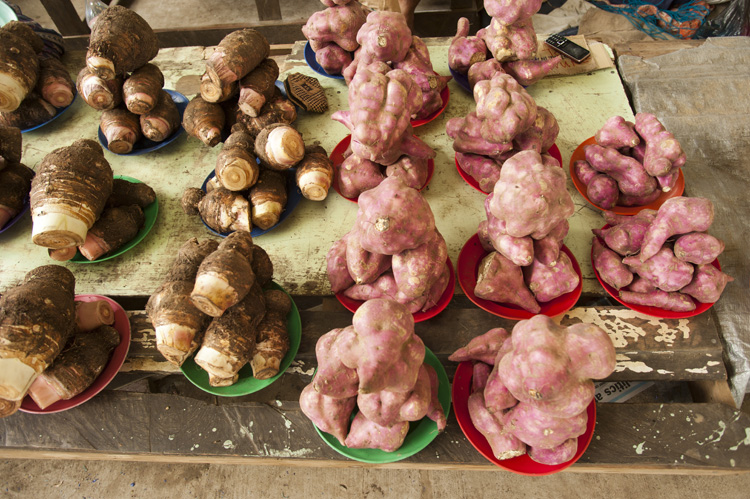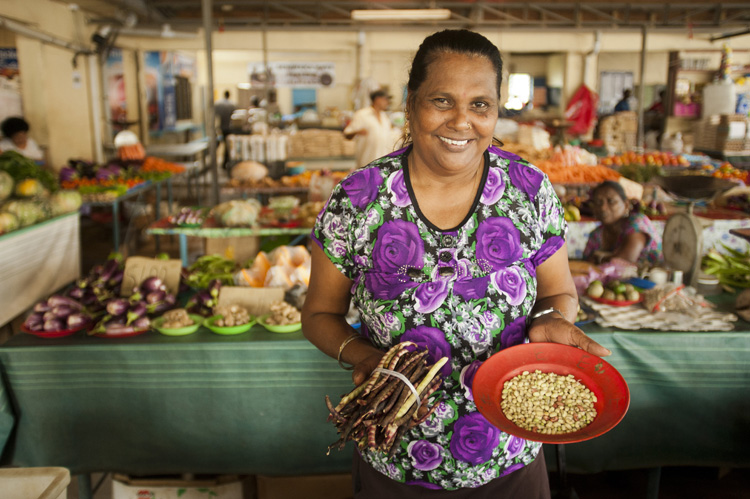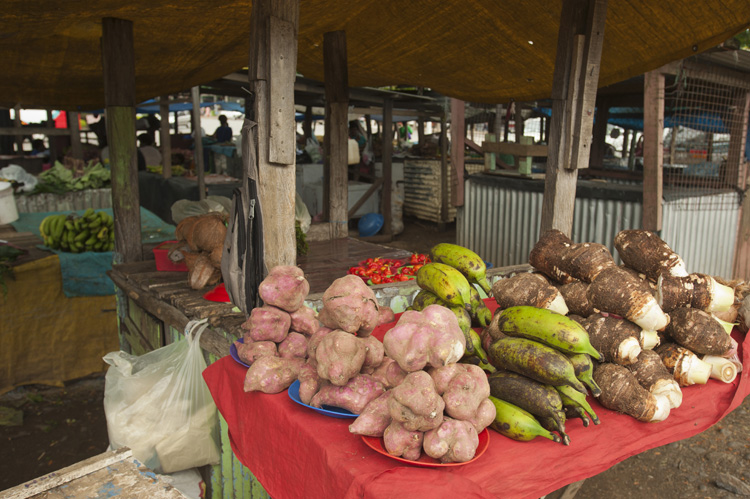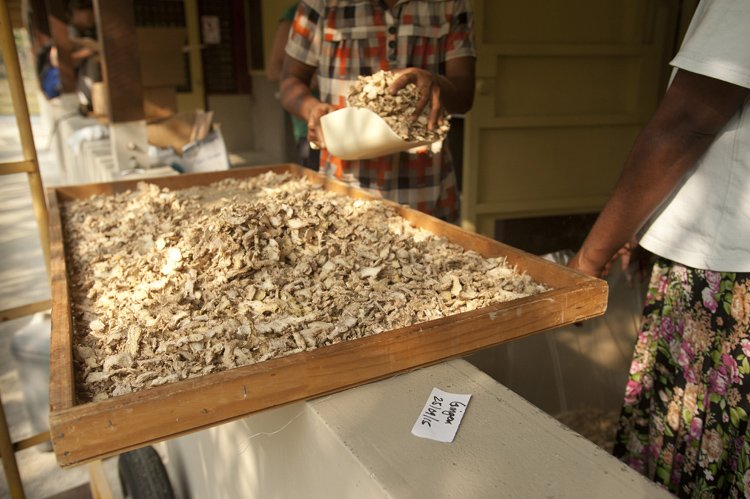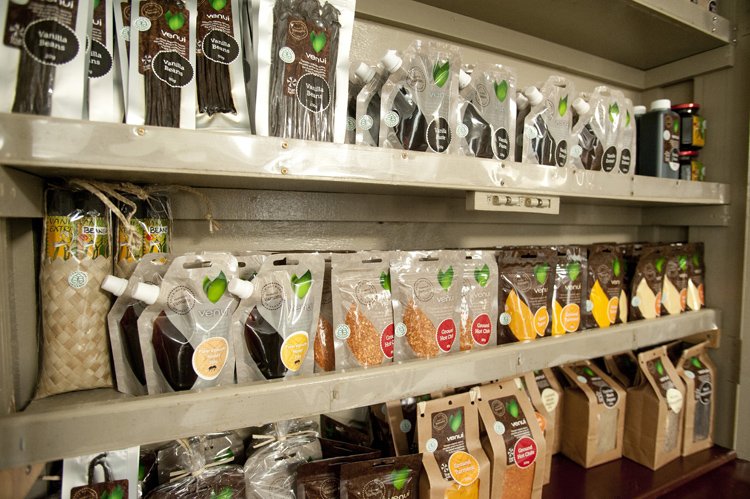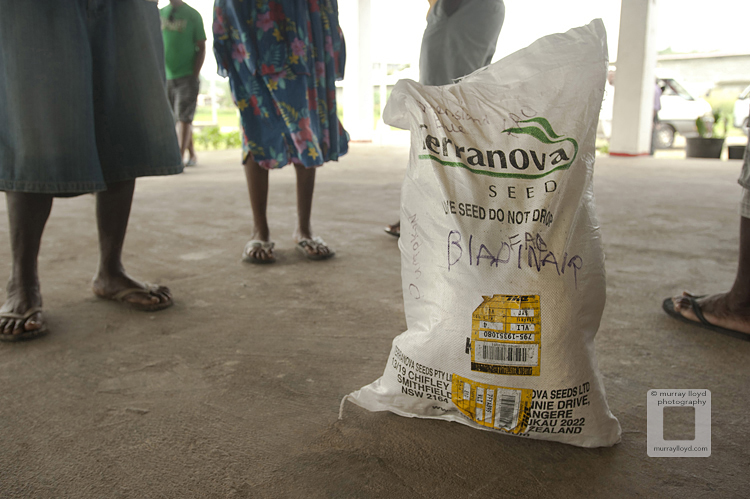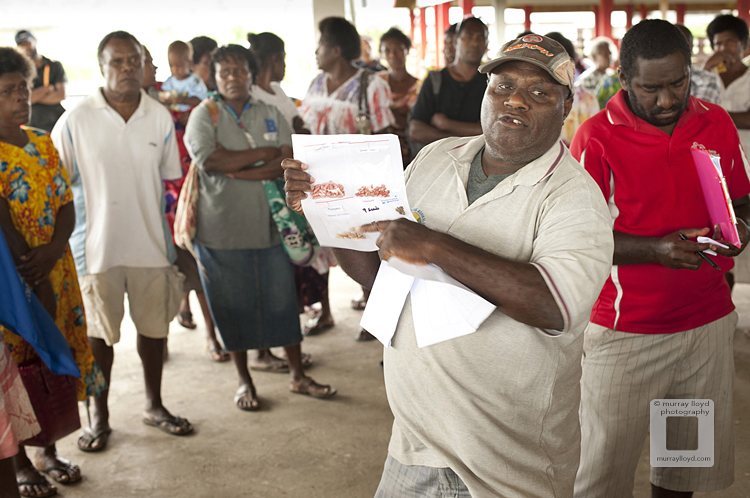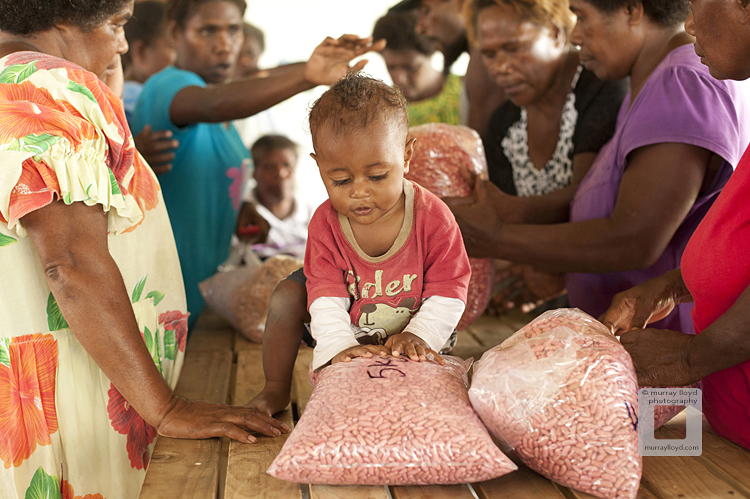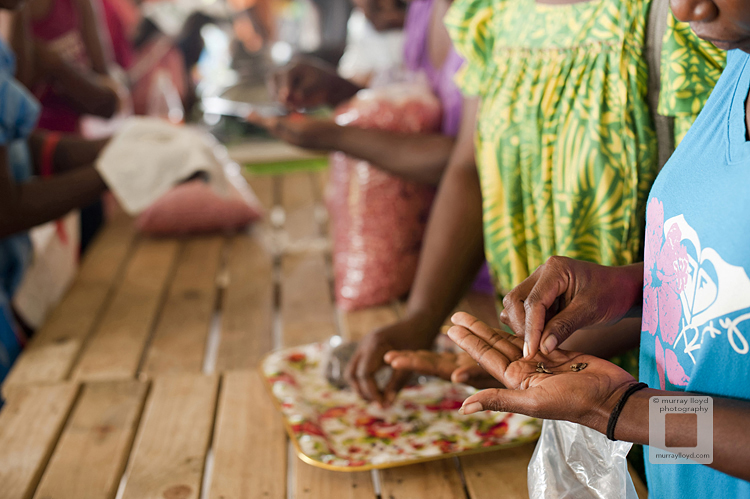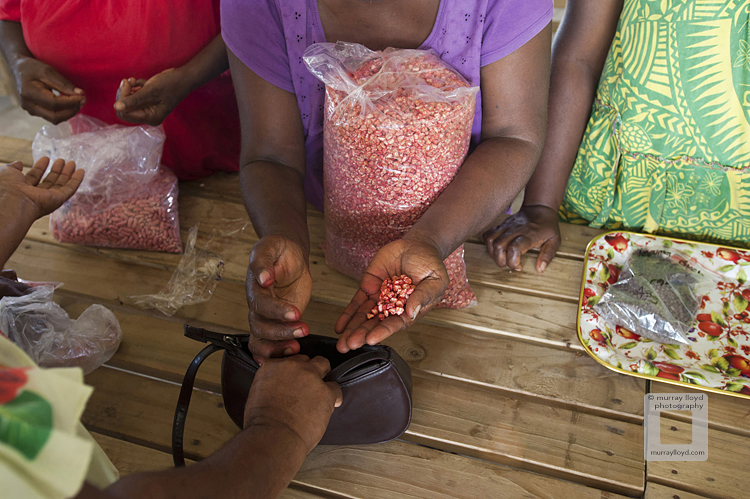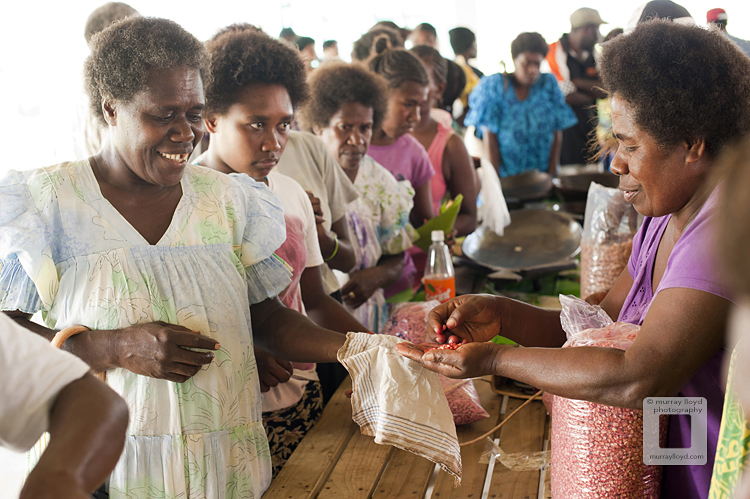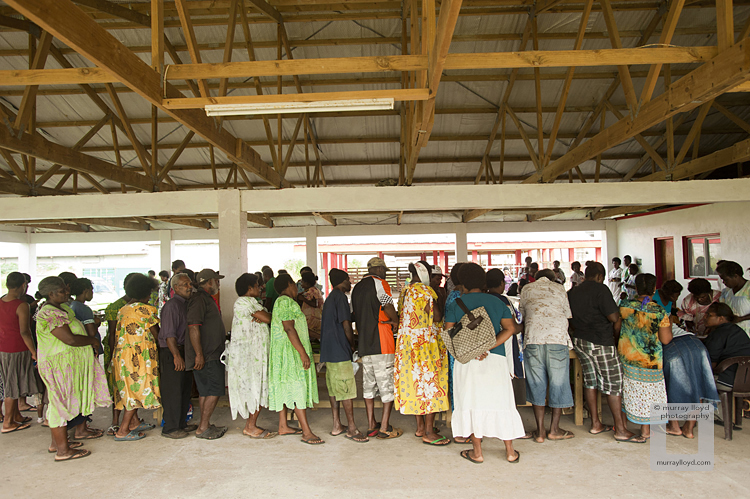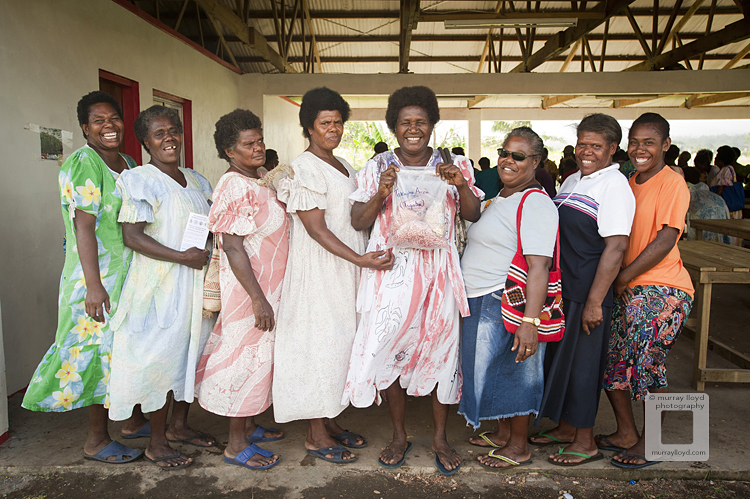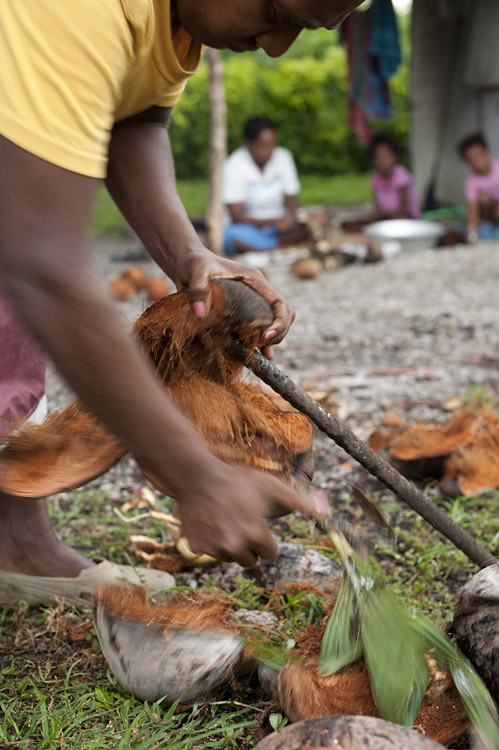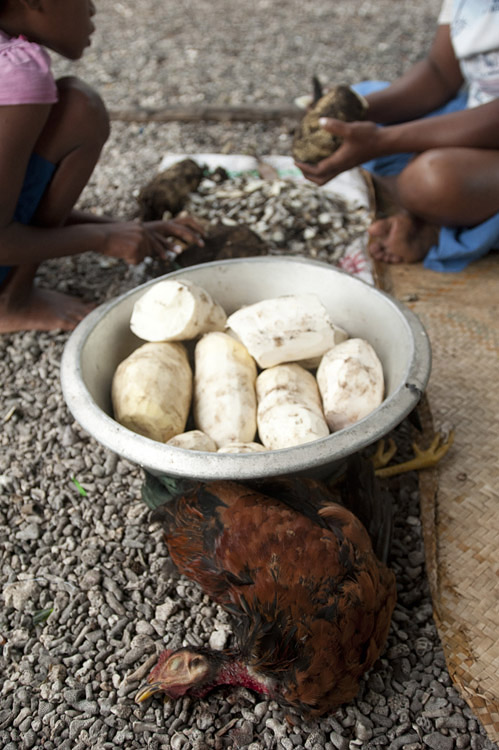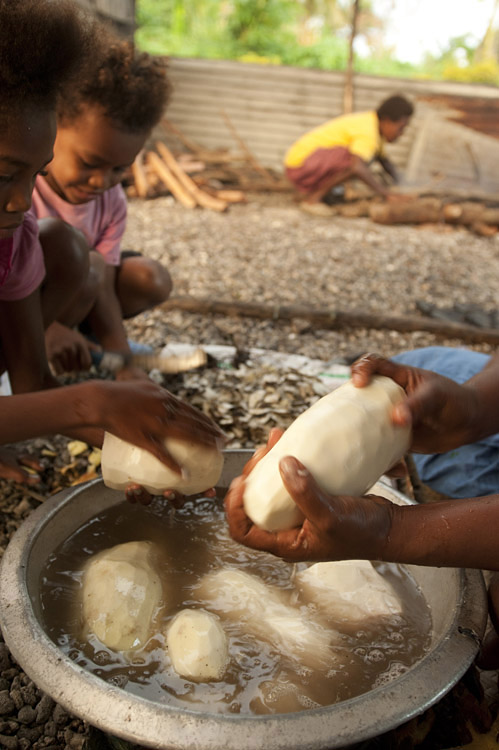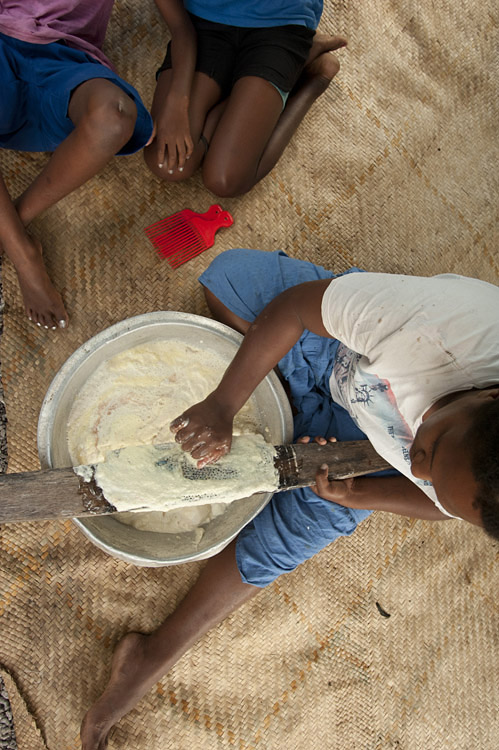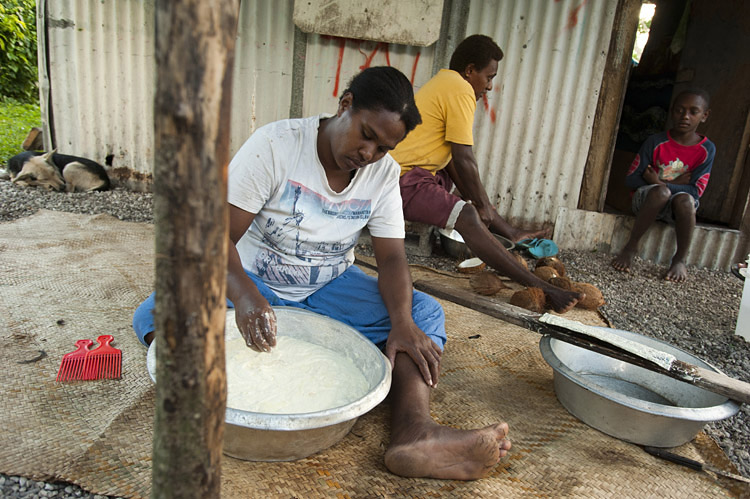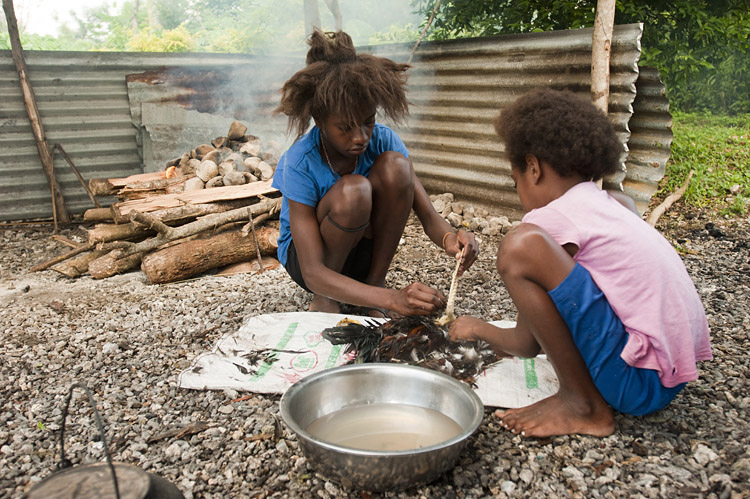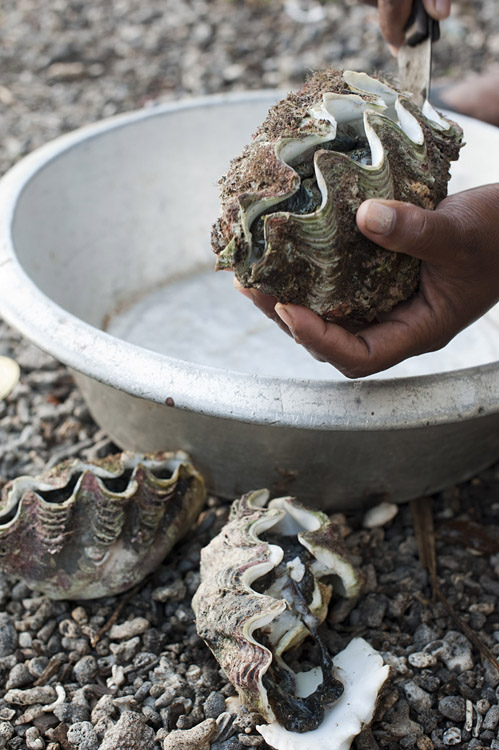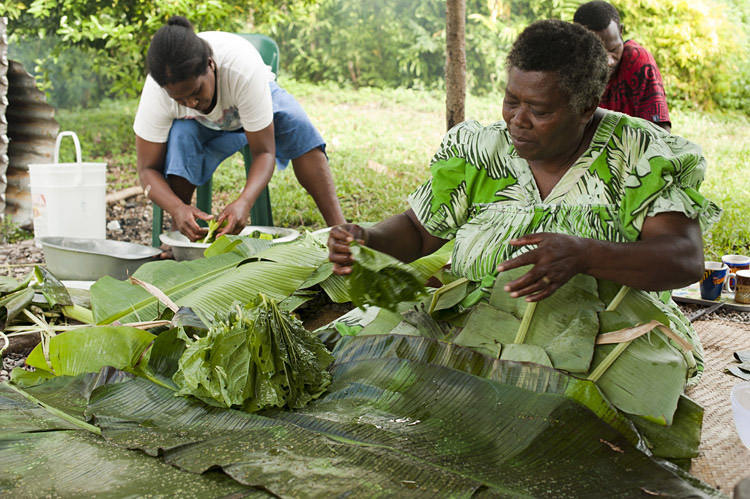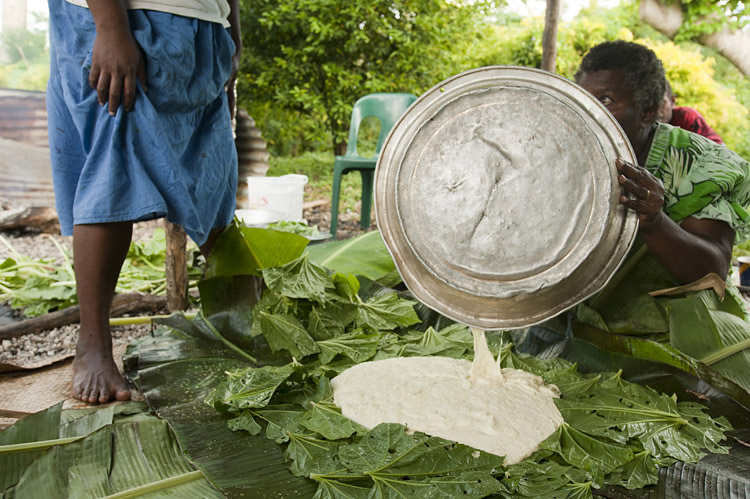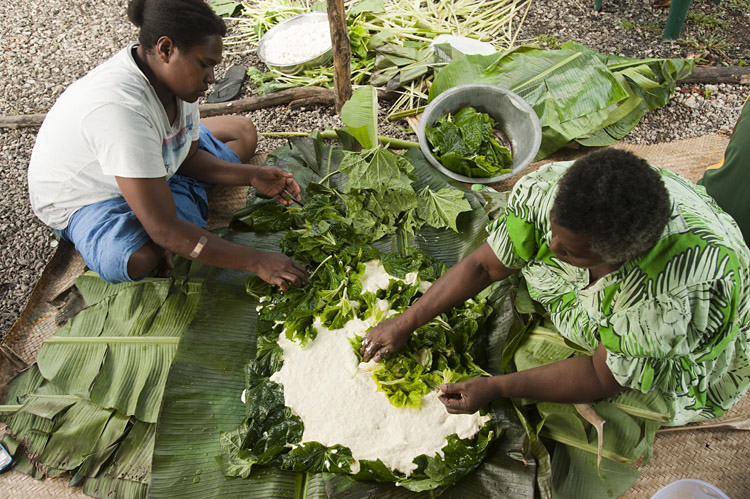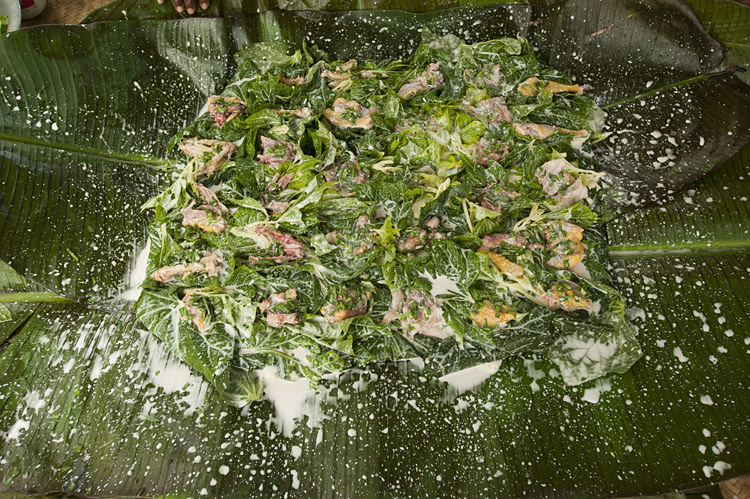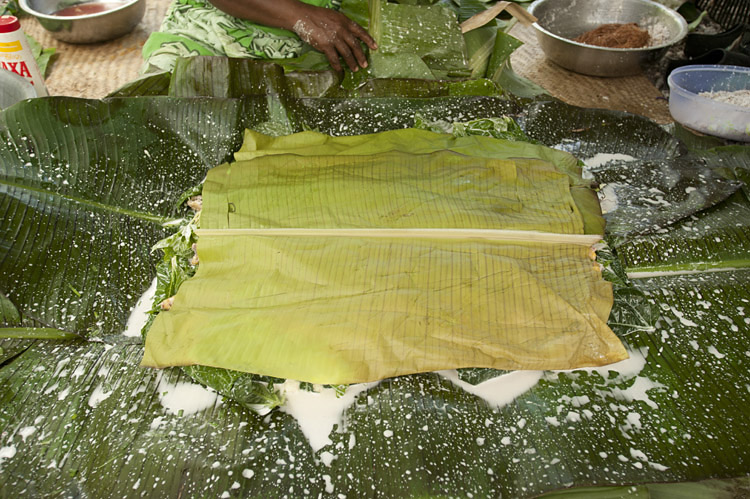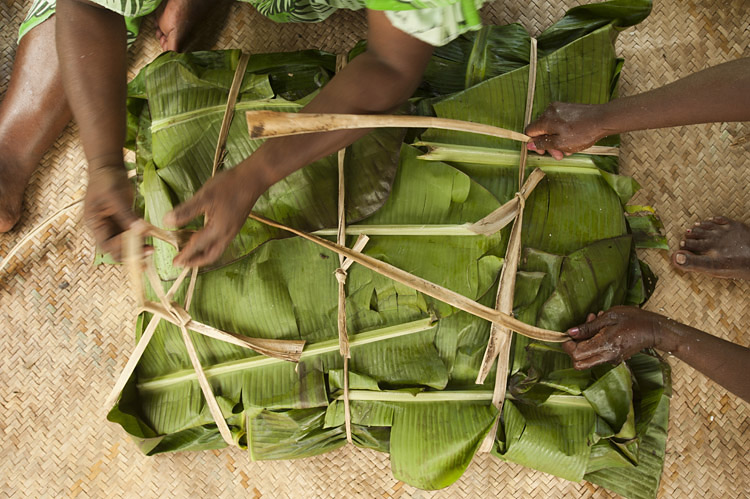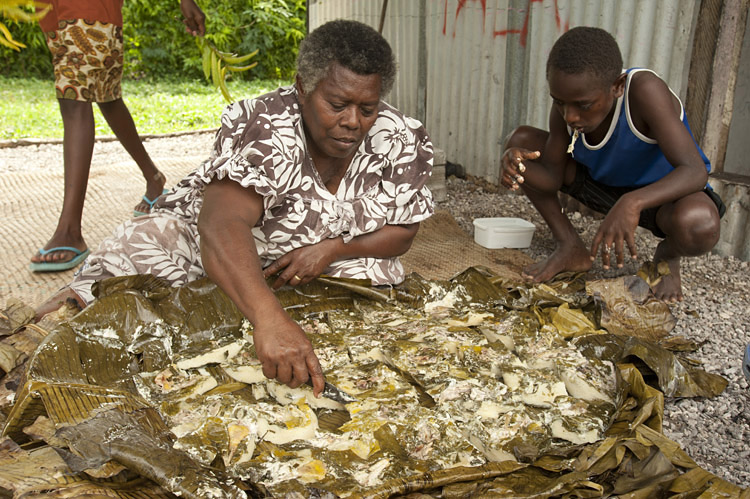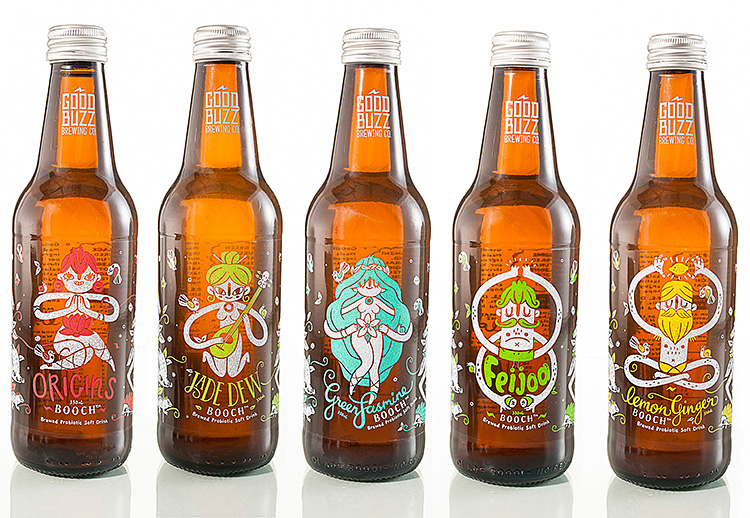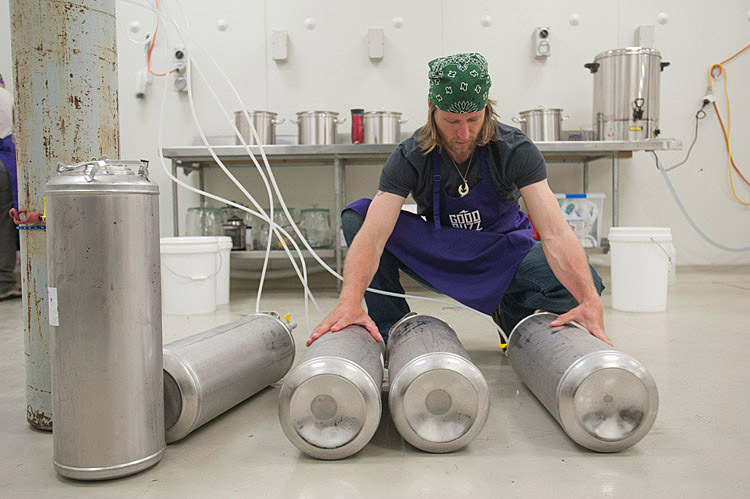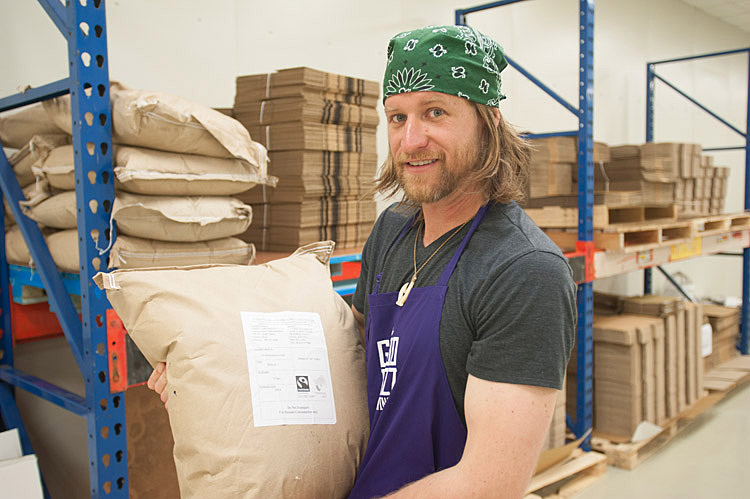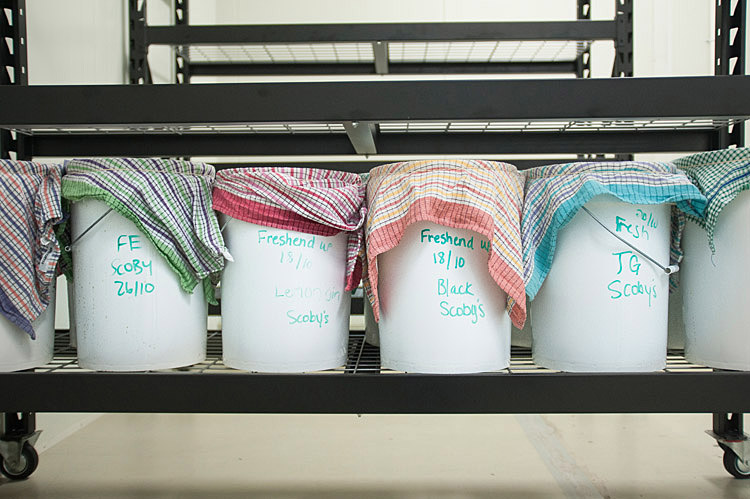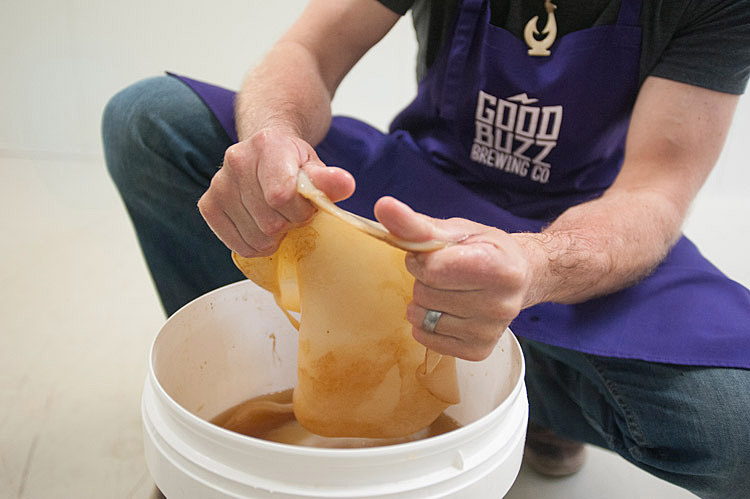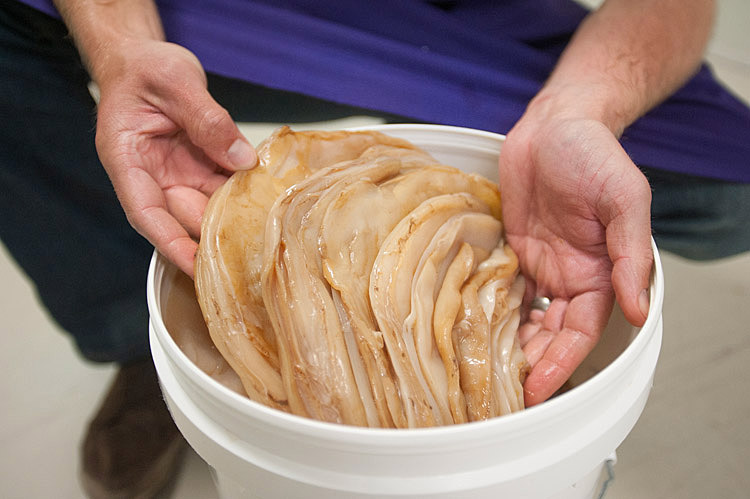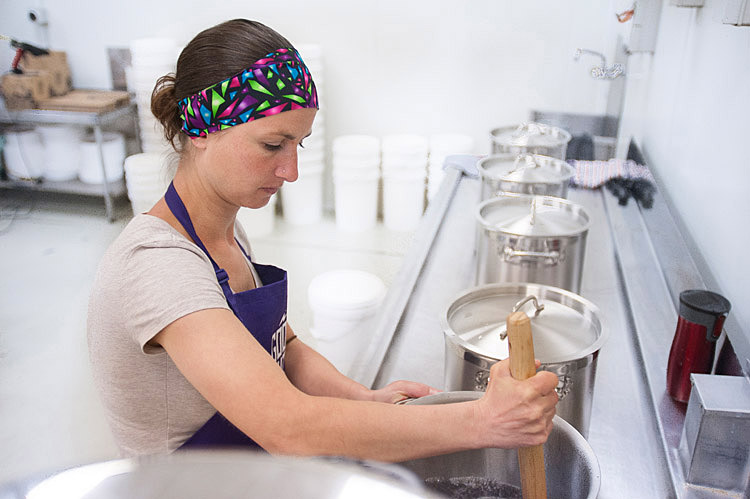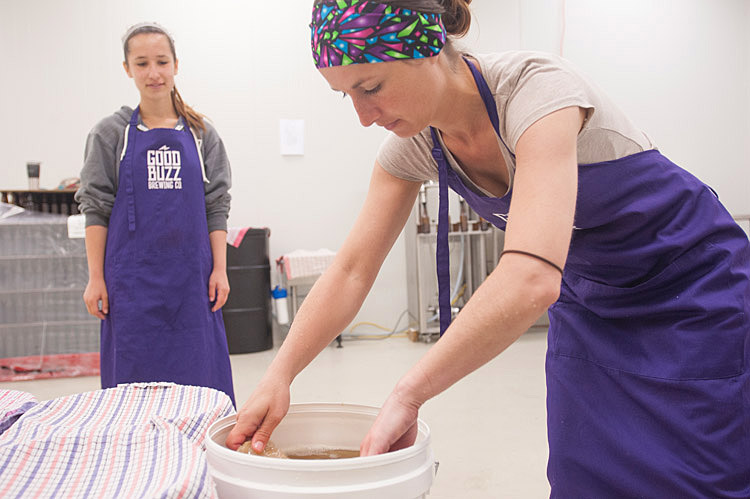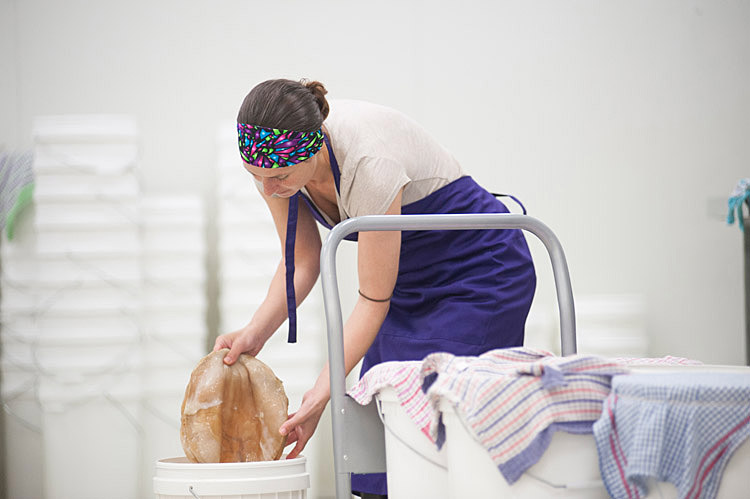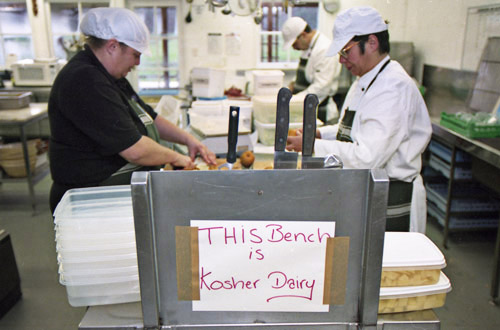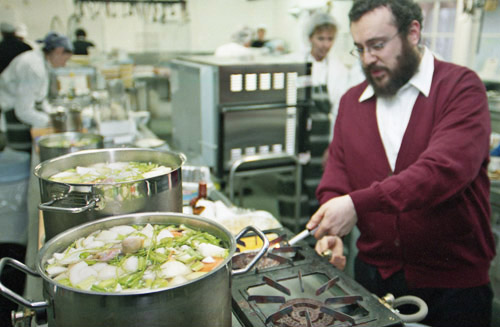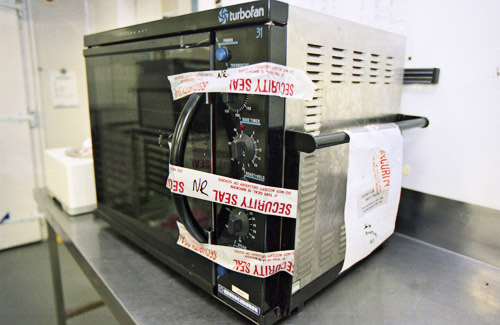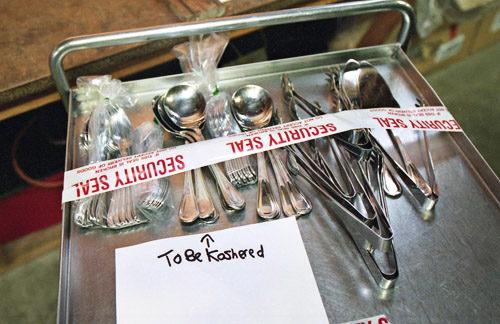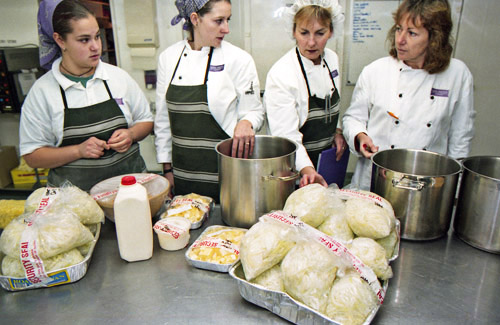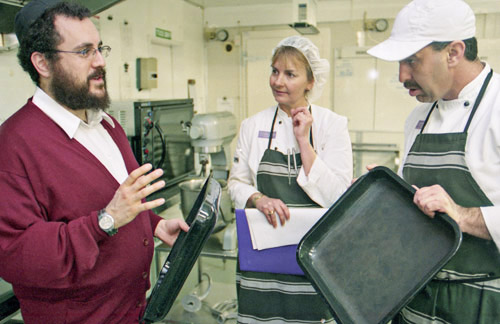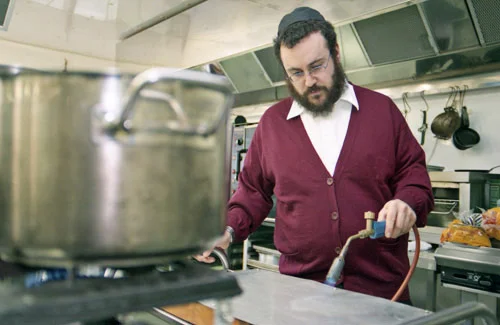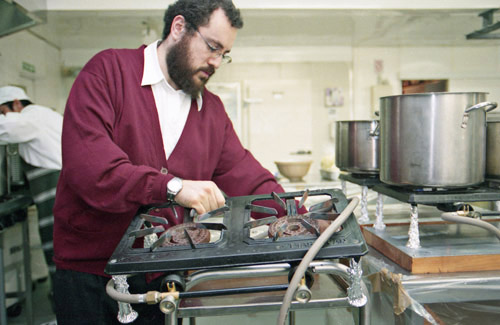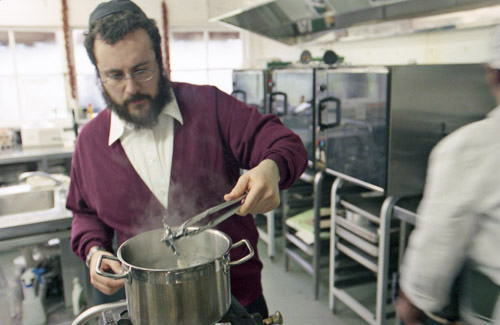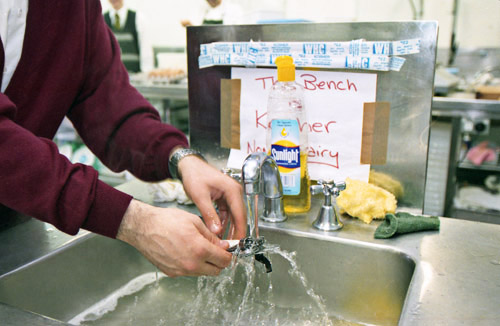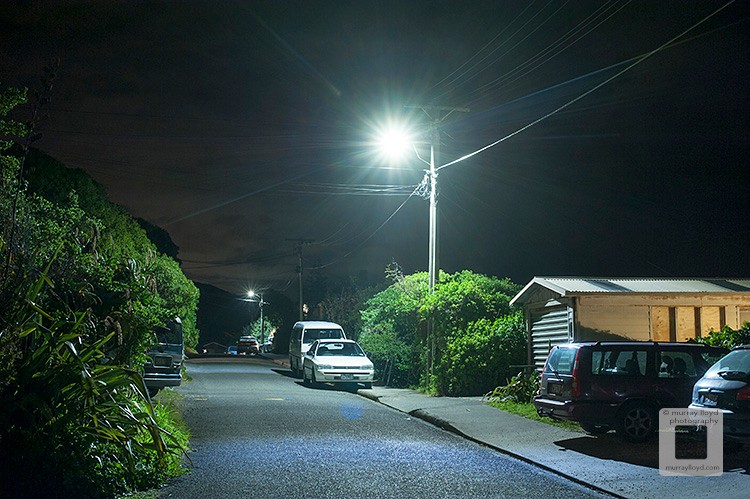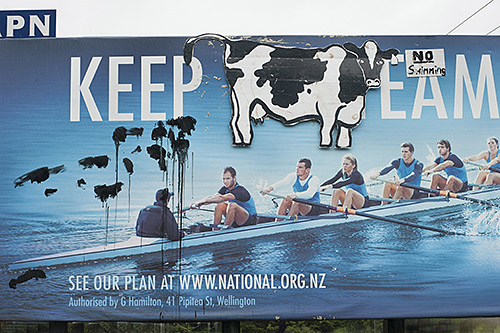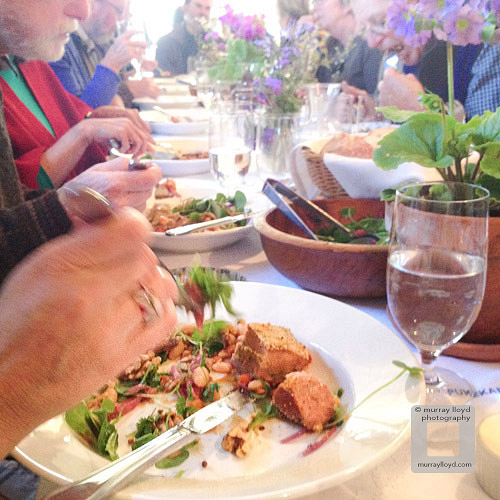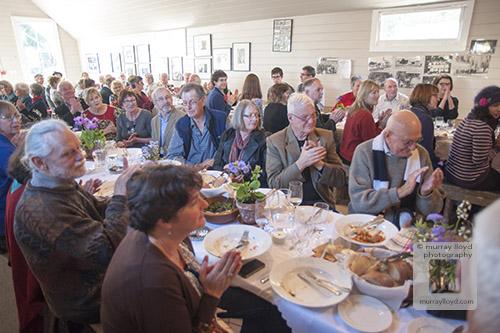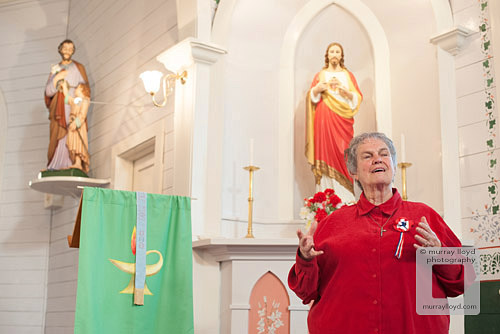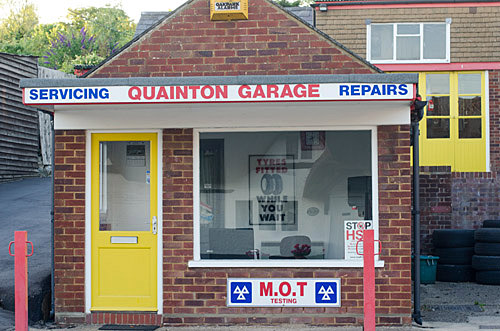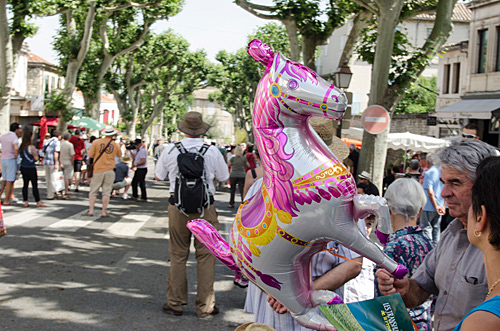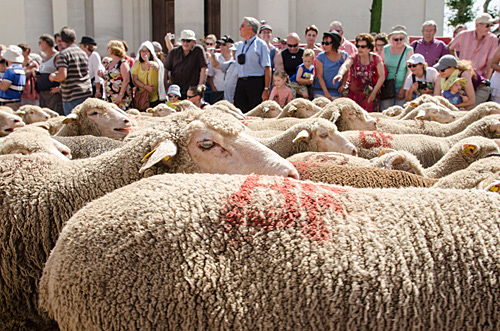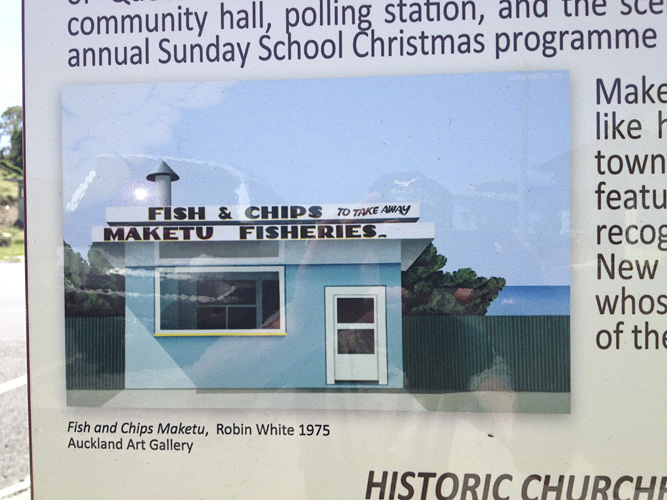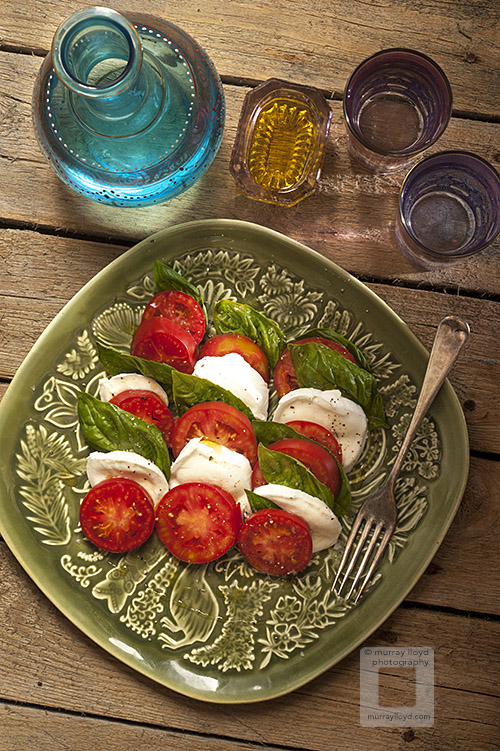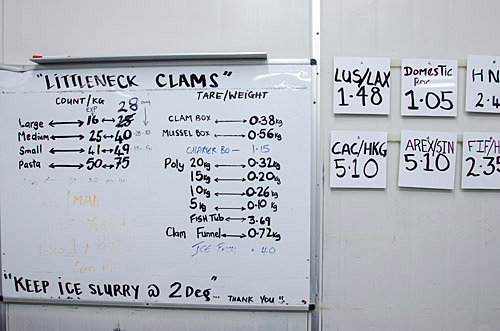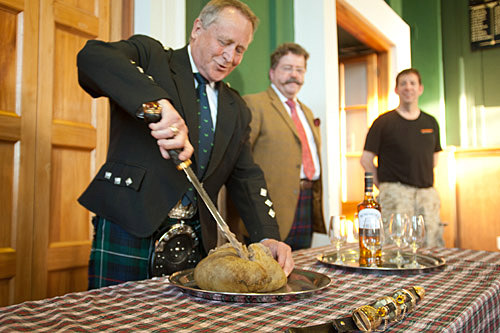I knew the far North has Kauri trees and beautiful beaches, but organic ostriches? I’d read about a couple of suppliers in an organics magazine and it all sounded very promising.
After numerous phone calls to disconnected phone numbers my sister-in-law (who appears to know everyone in Northland), tracked down the remains of the once aspiring ostrich industry – one bird. In a blip of a place named Kareponia, I met Kerry Hay who with his wife Lilac once owned a thriving ostrich egg hatchery.
Kerry’s story unravelled the classic boom and bust cycle that accompanied the establishment of Ostrich farming in Northland. After exiting the hatchery business in 2005 he sent 29 of his 30 breeding hens off to Taranaki. As we sat and chatted the only bird that didn’t make the trip – B2 - began aggressively checking out my camera.
B2 escaped the final journey because she had a damaged wing. Stomping around the paddock she didn’t look too happy with my presence but settled down once she saw the camera was giving her no harm.
Kerry and Lilac now fatten up cattle on their land, a far less risky enterprise.
On departing the farm I was very generously presented with a freshly laid egg.
We carefully drove the egg home to Wellington and after some research boiled it for 90mins. I was hoping for a slightly soft boiled finish. Once the egg was out of the pot I tried using a small knife to pry the top off gently, not wanting yellow yolk pouring out.
But on reaching the yolk it was hard boiled. So I attacked it with more force. Out came a larger knife, hand saw, screwdriver and a hammer but it was the hacksaw that was most effective.
Ostrich B2
Ostrich B2
Ostrich egg in a pot
Tools for the job
Hard boiled ostrich egg
Oscar with ostrich egg






